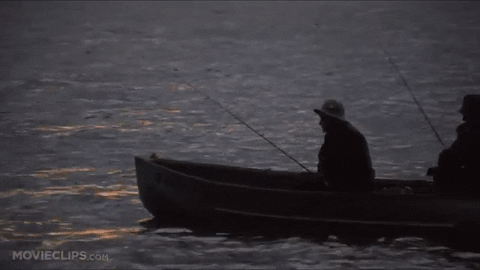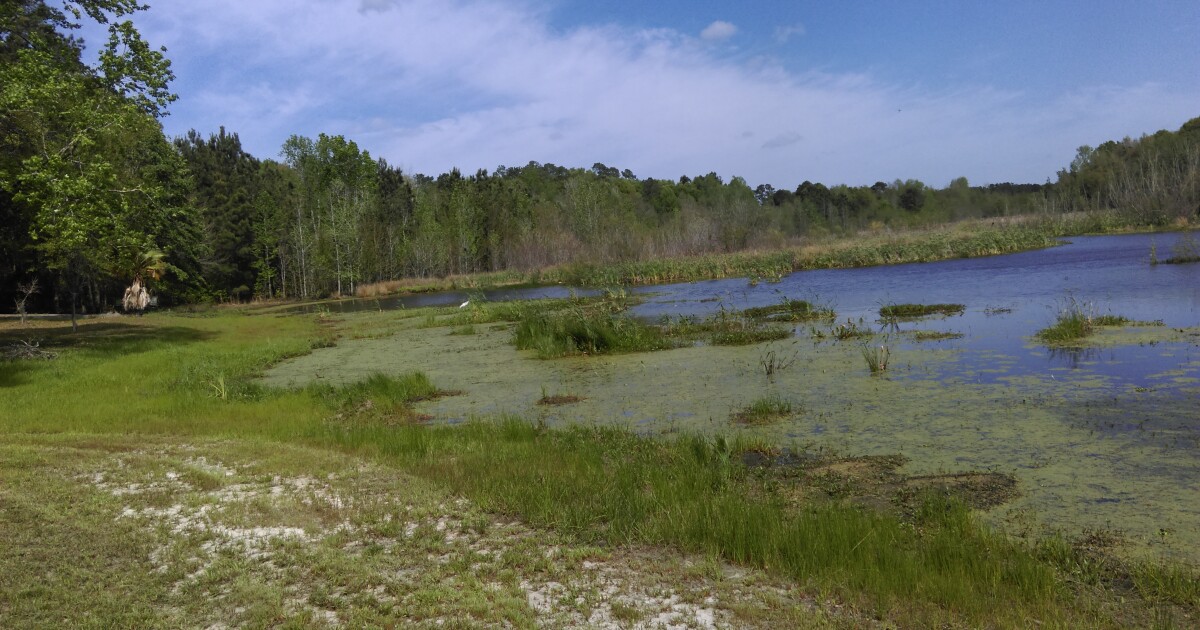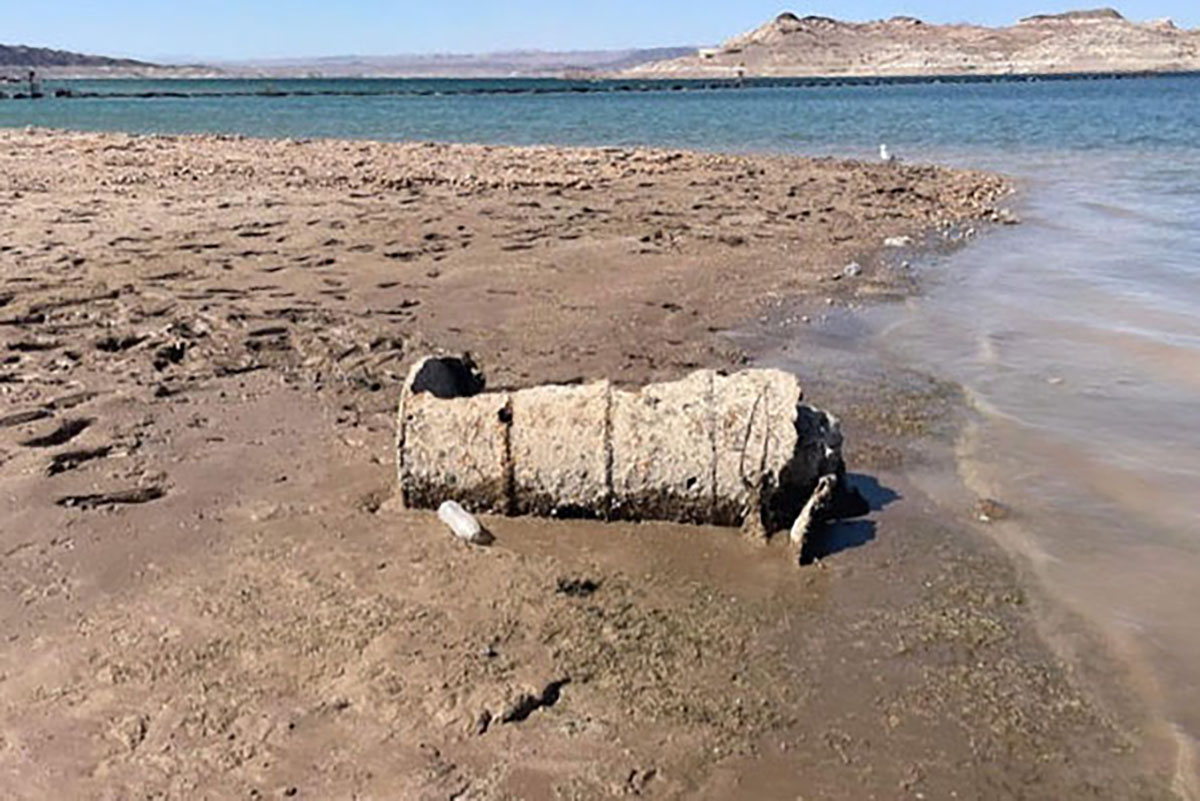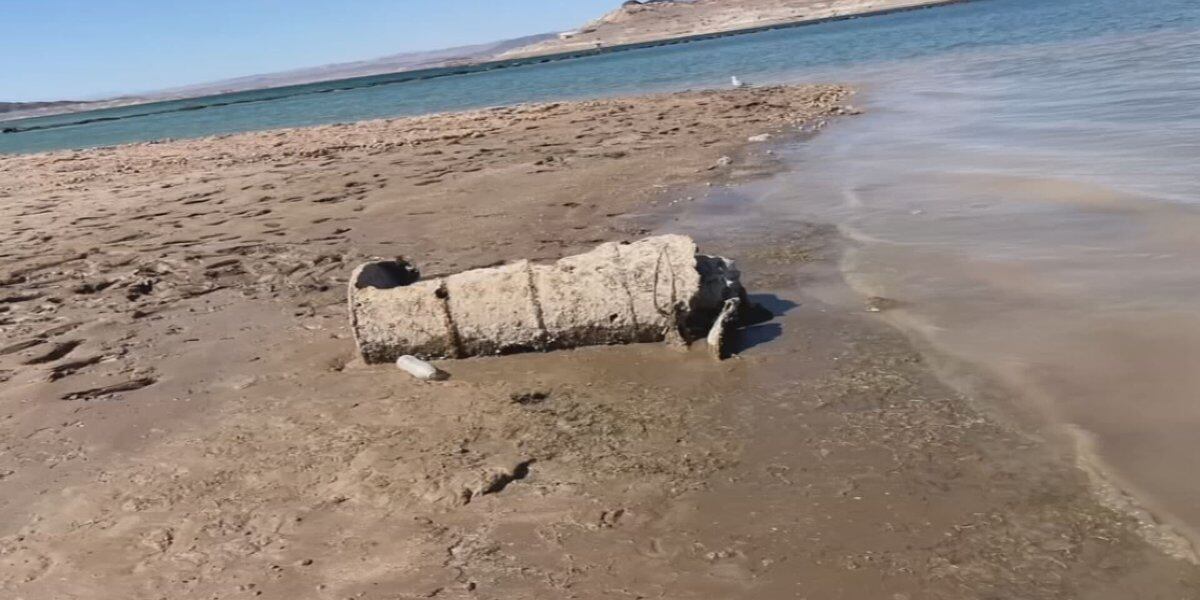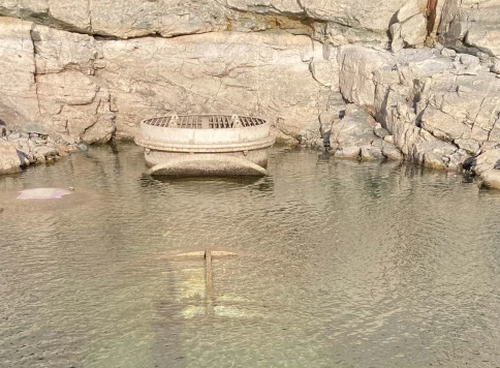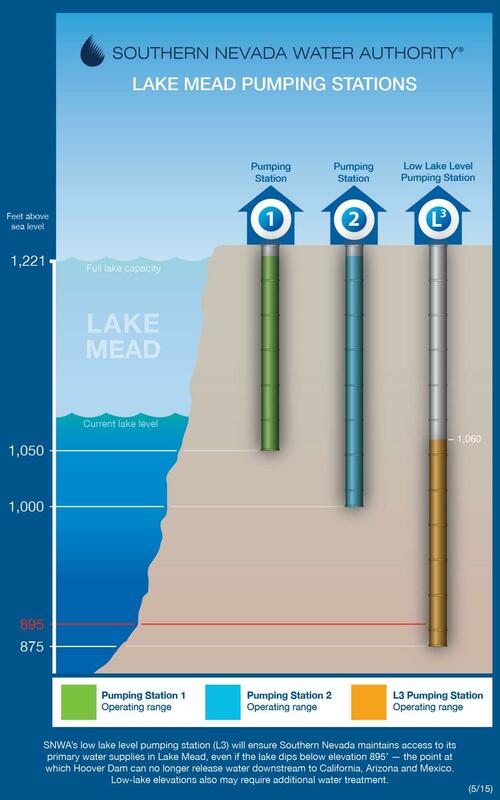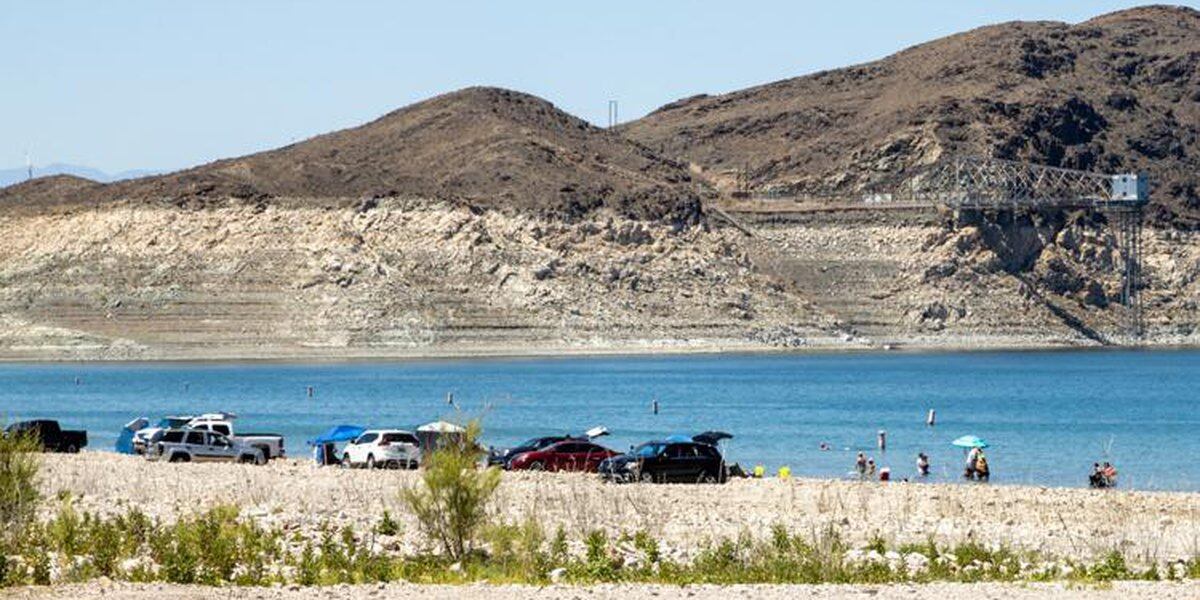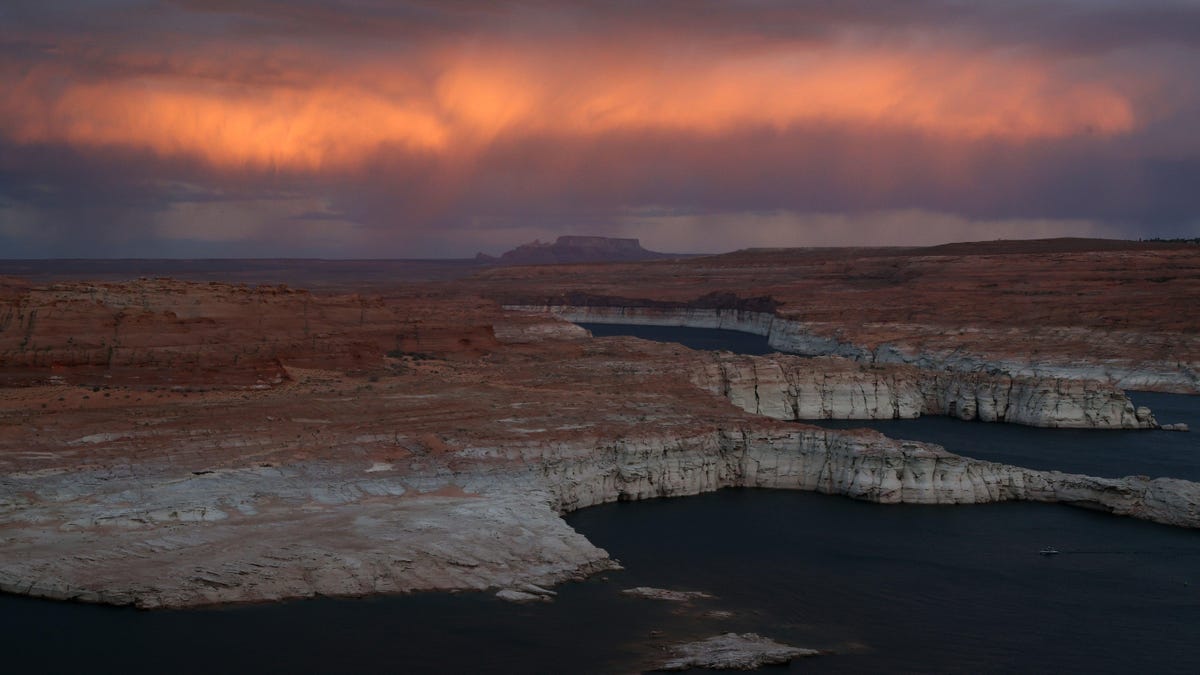It is time for the Western US to reframe water usage.
The West is in severe drought. Which is exactly why now is the moment to bypass one of the region's biggest dams and rewild Glen Canyon.

gizmodo.com
The date is Feb. 9, 1997, and the man responsible for one of the most egregious environmental follies in human history is sitting at a restaurant in Boyce, Virginia, with the leader of the movement seeking to undo his mistake. Of the hundreds of dams Floyd Dominy green lit during his decade running the Bureau of Reclamation, none are as loathed as his crown jewel, the Glen Canyon Dam. In 1963, Dominy erected the 710-foot (216-meter) tall monument to himself out of ego and concrete, deadening the Colorado River just upstream of the Grand Canyon, drowning more than 250 square miles (648 square kilometers) in the heart of the Colorado Plateau, and inventing Lake Powell in the middle of a sun-baked desert.
After a couple of drinks, Dominy asked his dinner guest, Glen Canyon Institute founder Richard Ingebretsen, for an appraisal of the effort to drain Lake Powell. “It’s pretty serious, Mr. Dominy,” Ingebretsen recalled telling him, holding back the seething discontent of the broad coalition he represented. When Ingebretsen described his hypothetical plan to drill through the twin boreholes bestriding Glen Canyon dam, Dominy replied, “Well, you can’t do that. It is 300 feet of reinforced concrete.” Then Dominy did something extraordinary—he lowered his glasses, pulled out a pen, and diagrammed precisely how he would do it on a cocktail napkin. A stunned Ingebretsen could hardly believe what was happening.


